How do I prepare my home for fall? Experts share 12 vital home maintenance tips
Keep your home safe with our expert-led guide for fall home maintenance tasks
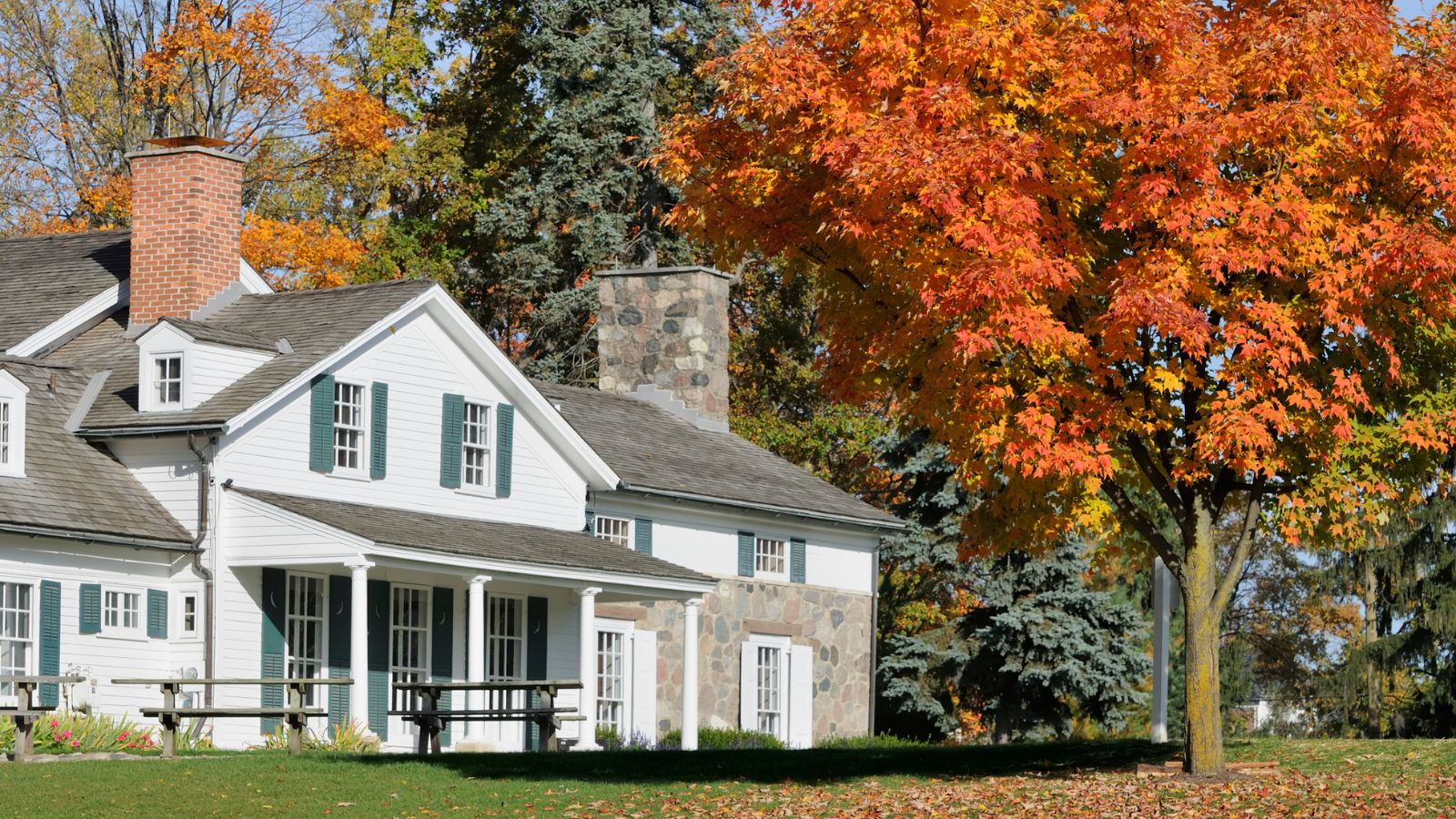

As we transition out of the warmer summer months, it is important to prepare our home for the colder season ahead by performing vital maintenance jobs.
Although it would be nice to leave fall home prep at fall decor ideas and making the best fall wreath ideas, more important matters such as cleaning out your home guttering, preparing winter insulation, and cleaning the more neglected areas of your home should also be tended to before the temperatures begin to drop experts say.
Here, a range of home professionals share 12 tips for preparing your home so that you can go into the holiday season and start decorating for fall with peace of mind.
How do I prepare my home for fall?
As the months get colder and nights get longer and darker, it is important to prepare your home for the seasonal changes. By completing big home maintenance tasks in the brief period between the end of summer and the beginning of fall, your home will be better prepared for leaks in rainy season and other drastic weather changes such as frosts and high winds.
Early maintenance and preparation are proven to prevent major home damage and save you money in the long run, it's worth investing your time to prepare your home for fall.
1. Complete a full fall clean
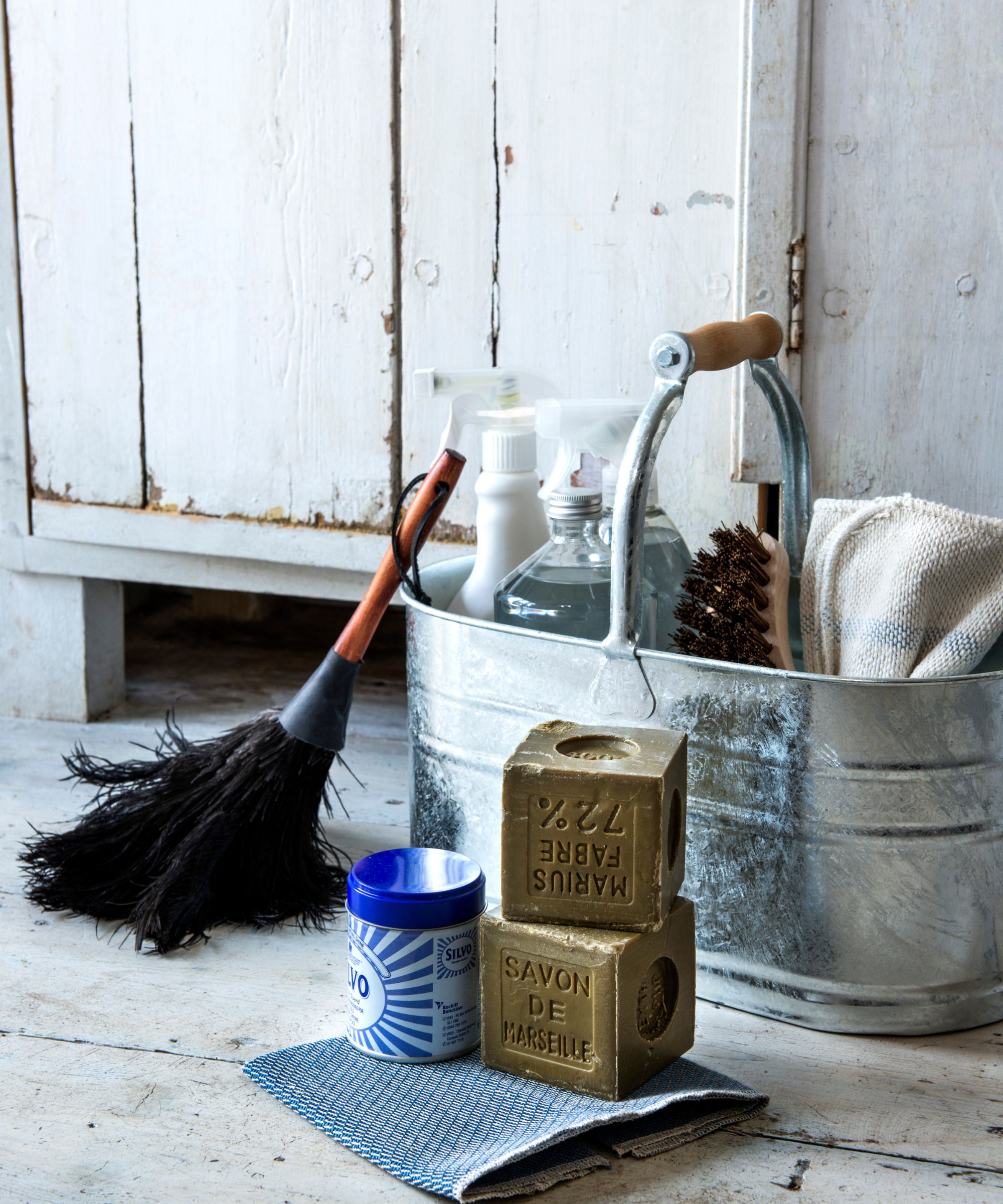
Sue Caldwell, managing director of eco-cleaning brand Clean Living says, ‘With the weather finally taking a turn for the chillier, now is the perfect time to prepare for the cold months ahead by deep cleaning your home to create the ultimate clean and cozy haven.'
Although people traditionally partake in spring cleaning, a fall cleaning checklist is equally as important to prepare a home for the colder months.
‘Without regular cleaning, dirt, grime and pollution can slowly build up on your windows and significantly limit the little amount of daylight that will shine into your space,’ explains Sue. ‘Particularly in the fall, smears and streaks can be easily seen when the bright sunlight does shine on windows, so regular window cleaning will keep them looking sparkling clean.
'It’s best to clean them during dull, cloudy days to avoid the sun leaving dry water marks on your windows, and microfiber cloths are the best options for getting rid of stubborn smears.’
Microfiber cloths are one of the essential cleaning tools our pros often recommend.
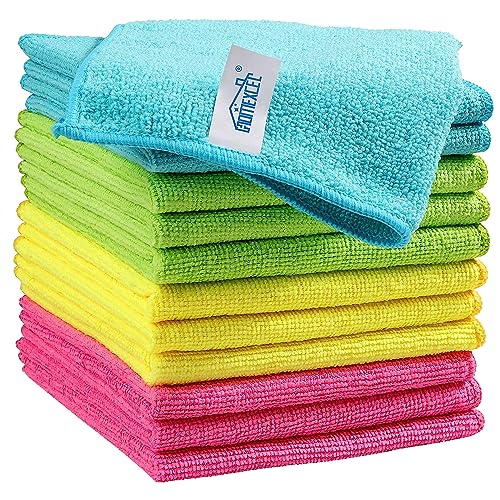
Microfiber cloths are a must have in any household. Keeping one or two cloths in each room will make cleaning up quickly in between daily tasks quick and easy
2. Declutter the remnants of summer

As the seasons change we will be looking to change up our decor to reflect the cozier seasons. When deep cleaning your home, start taking down summer pieces and considering if they are something you would want to put out again next year, or if they should be decluttered.
There are several categories professional organizers get rid of after summer. Alysha Fenn, expert organizer and founder of Making Space Today says, 'As we transition to fall, this means storing summer activity equipment, decluttering layers that no longer fit the kids, and creating more space for backpacks (maybe even a drop-off station for homework), as well as bulkier fall clothes like jackets & boots.'
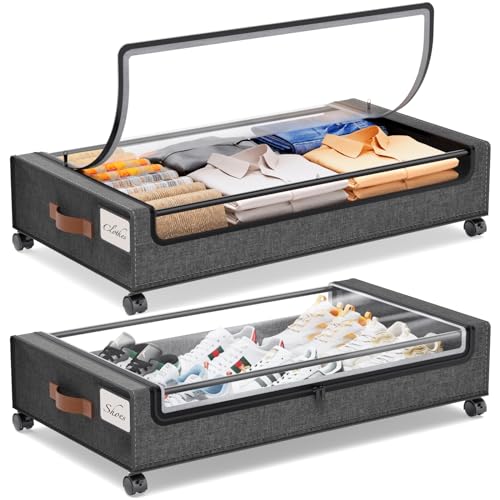
When packing seasonal items away for the next six months, consider using underbed storage ideas to keep them tucked away but still with easy reach. As the seasons change, swimply swap out the contents to keep everything neat and orderly.
3. Improve your home security for darker days

The fall months often see an increase in break-ins as the nights get darker. Because of this, it is important to protect your home and consider upgrading your home security with some of the best home security systems.
Kevin Spencer, head of product management at Yale Home explains, ‘The garden should be the first line of defense for your home. Burglars use the cover of darkness and overgrown trees and shrubs to move around a garden undetected, so it’s worth ensuring the exterior of your property is up to scratch to beat the burglars this autumn. Firstly, check your fence panels, replace any loose slats, and board up any holes. Double-check that gates are secure and invest in high-quality weatherproof padlocks for peace of mind, such as a Yale Maximum Security Weatherproof Padlock, at Amazon.
‘Once you’ve upgraded your door cylinder, it’s important to look at other forms of protection for the front door too. It pays to ensure the front of your home is well-lit, so security lighting is a great investment. Alongside lighting, a front door security camera or smart doorbell [such as Ring Doorbells, from Amazon] is effective in ensuring you can keep an eye on the front of your home from anywhere via a smartphone.
‘Once the external areas of your home have been secured, it’s also important to consider securing your property from the inside. After being used to leaving windows open over the summer period, as fall hits, it’s worth ensuring that windows are kept shut and locked at all times, as burglars will use open windows to gain easy access to your home – Yale’s survey reveals that burglars gain access to a property through breaking a window in 25% of cases, with a further 21% seeing burglars gain access through an open window, ensuring your window locks are secured at all times is essential.’
Buying good solar lights mean they will run through winter and are a great addition to light up darker corners outside your home. Learn more about the surprising places to use solar lights.
4. Clean up and prepare decking areas

Maintaining your deck idea is easy when you prepare in advance.
Nathan Gamba, director at Protea Gardens says, ‘Start to get on top of sweeping fallen leaves, especially on the decking as they can stain and discolor it. However, leave them in flower beds as they keep the roots of plants warm as the weather gets milder and provide shelter for insects,’ he adds.
Knowing how to paint a deck and stain a deck are useful home maintenance skills in the fall months, although knowing when to prepare your deck for fall is equally important.
Matthew Brown of Sadolin & Sandtex Technical adds that it's is important to take into account weather conditions when decorating, not only whilst doing the job but also during drying and curing times. He says, 'During early fall, the mornings can be damp and the evenings see dramatic temperature drops increasing humidity levels which at best will slow down drying times, but at worst and can allow moisture to get trapped in the coating film
‘To maintain decking for winter an extended period of drying time is required, so being aware of what the weather is doing before, during, and after the application is important. As a rule of thumb water based decking stain products will dry anywhere between four to six hours after the application to fully dry.'
If the water-based stain is rained on within the first hour of application, and the water puddles, the product will wash off. Always take into account the weather conditions before and after the application of the product.
‘Sadolin Wet wood decking stain [available on Amazon] is designed to go over wet decking. Wipe down the decking surface so that it is clean and then apply the paint whilst the wood is still wet. The product works fantastically well and removes the need for a large time frame for pre-application drying time and post-application drying time.’
You may also want to consider front porch cleaning tips and prepare your porch for fall in a similar way to your backyard deck.
5. Clear out gutters
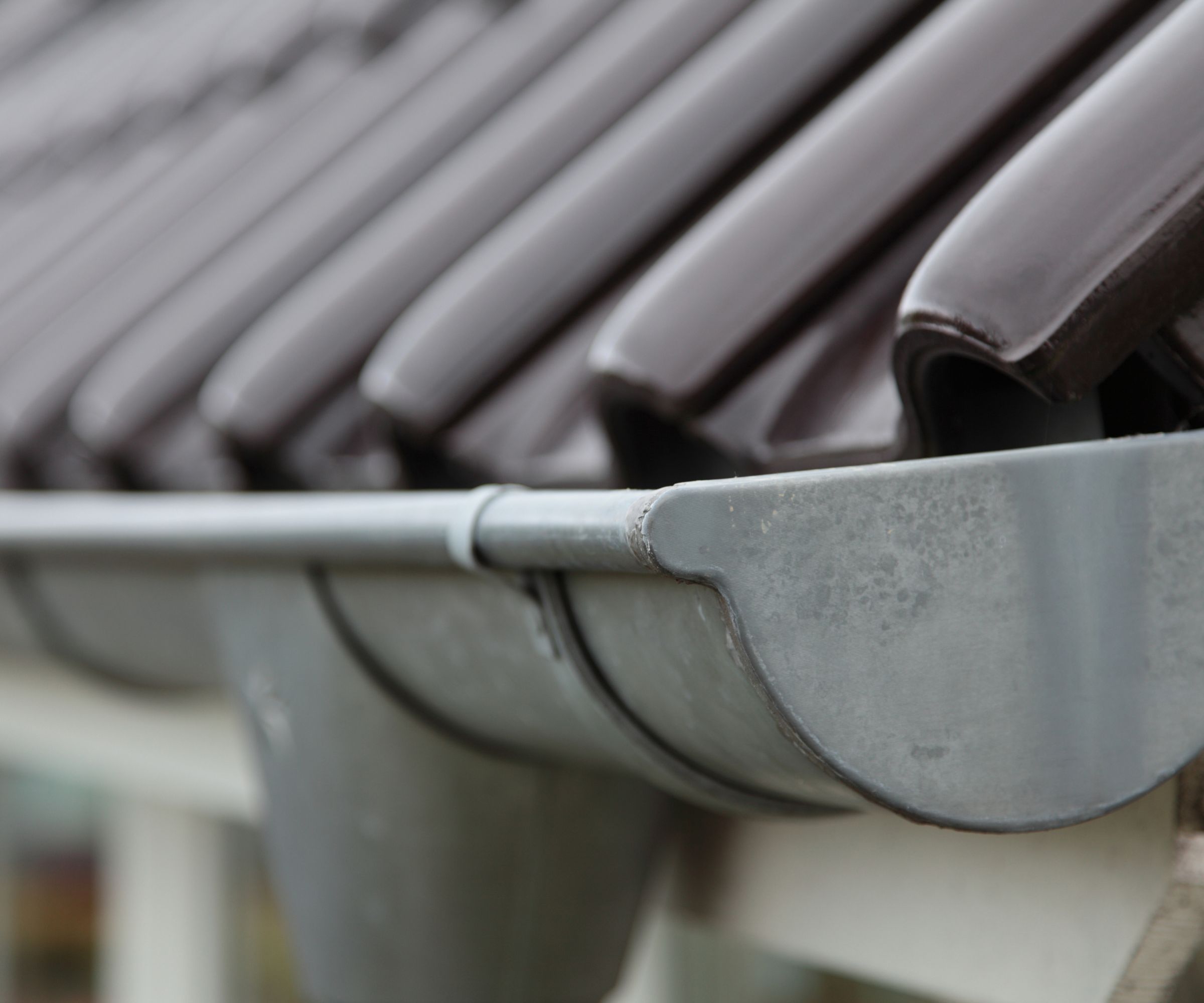
Gutters can be forgotten about so check yours are not blocked or clogged before the rains set in over fall. Gutters can drain thousands of gallons of water from your roof annually (depending on where you live) and, if they become clogged, you may end up with both interior and exterior water damage. That can lead to structural damage and cause mold.
Jack Knight, category manager at Drainage Superstore, says, ‘As long as you have the correct equipment, and importantly, you can keep safe, cleaning the gutters is a relatively easy task. Wait for a dry day as this will not only make the surroundings safer, but it will also be easier to gather debris that isn’t saturated in water.
‘Find a sturdy ladder to help you reach the gutters safely and wear protective gloves. You can keep things neat by laying some tarpaulin on the ground below the ladders to help collect debris more easily.'
If that’s not feasible, hook a bucket to the top of the ladder and collect debris in there instead.
‘Once the roof line guttering is clear, move onto the downpipes,' Knight explains. 'Use a screwdriver to loosen the downpipe clips and brackets, then use a wire or stick – or even a hose – to dislodge any debris stuck in the pipe. Once clear, reconnect the pipes.’
As the leaves begin to fall, make sure to empty and clean gutters and drain pipes to ensure water can flow freely to external drains.
6. Consider extra insulation for your home

Keeping your home warm is important to save money at home and cut energy bills. One way to prepare your home for the fall months is to improve your home insulation, whether through long-term investments such as insulating materials, or simple, quick fixes such as new blinds and curtains.
A survey by BlindsbyPost found that, In fall, windows can be a large source of heat loss with up to 30% of a home’s heating energy lost through windows. Choosing the right window coverings for each room, can provide a great insulation solution and help keep your home warm.
Consider installing thermal blinds or thick, heavy curtains over your windows in the colder months to keep your home warmer and cozier. You may also want to consider installing curtains over your doors in particularly cold climates to prevent drafts.

Combine insulation with privacy with a one-way window film. These films stick to window glass without any adhesive, making them ideal for renters or as a temporary fix over winter.

For a more traditional solution, thermal blinds are a great option. Picking blinds that fit snugly in your window recess will ensure warm air stays in and cold air stays out when heating your home in fall and winter. They're also great for keeping heat out in summer.

Blackout curtains are excellent insulators. Not only do they block light out, but fitted correctly they prevent cold air from seeping in around windows. Ensure when hanging curtains to the floor that they do not cover radiators or heat vents to keep your property warm without exorbitant costs.
7. Check your boiler and radiators

If your home has central heating, it is wise to check the system before turning it back on after summer.
Simon Morris, marketing manager at The Radiator Company says, 'Once fall arrives and the nights draw in, it’s tempting to turn the heating on. To be sure that your heating system is ready to jump into life when you need it, book an annual service before the weather changes. A good plumber will keep everything running smoothly and efficiently, including bleeding radiators and topping up the inhibitor in your system to prevent the build-up of damaging sludge.’
Property journalist and founder of Mad about the House, Kate Watson Smyth adds, ‘Checking the age of a boiler or having it serviced isn’t always at the top of people’s minds in the heat of summer, but getting ahead of winter with an upgrade can also ensure your home is ready ahead of the potential ban on gas boilers in the next decade. Think of it as future-proofing your home. Newer hydrogen-ready boilers offer a lower carbon footprint and can use natural gas until the switch, meaning they’re much more environmentally friendly, which is certainly a priority for me.’
If you have an air source heat pump system, make sure your unit's anti-freeze or glycol levels are topped up to manufacturer's instructions, as a frozen unit may cause serious damage that results in needing a full replacement, making it a costly maintenance tip to skip.
8. Prepare your exterior woodwork

Richard Bradley, of exterior paints and finish company V33 explains, ‘Time spent now properly protecting it means exterior woodwork will be shielded from the worst weather of those seasons, saving you repair time and money in the long run.
'Particularly important is making sure external woodwork is waterproof and protected from mold, mildew, and those pests that cause rot. In addition, the timber should be shielded from the effects of repeated exposure to sunlight, which can damage it.
‘Applying a decent wood stain is the effective way of creating a barrier, which protects the wood from water and the sun.’
Don't forget to clean and maintain your wooden house numbers and any outdoor furniture before fall sets in to ensure longevity.
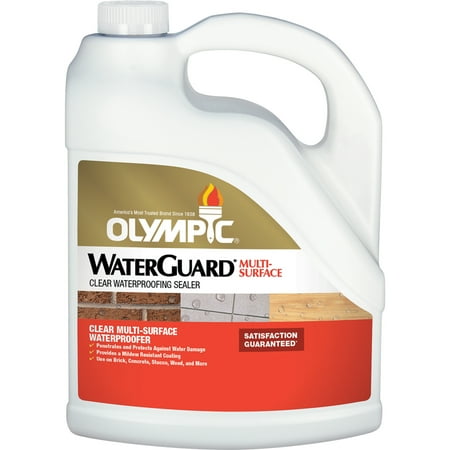
This ready-to-use clear waterproofing sealant is ideal for protecting exterior wood from rain and snow without having to change the existing color
9. Fill in any cracks around your property

Although a tedious task, making sure cracks in cement and wood are filled in correctly can save your home from worse damage in the long run. Water that freezes in cracks can expand, making cracks bigger and weakening the structural integrity of your property – whether this is on your house or your driveway.
If you are unsure how to complete this DIY project without risking damage, consider hiring a contractor to help winterize your house properly.
Sealing cracks and gaps outside is also a great way to banish red ants and other pests that build nests or hideout in these spaces.
10. Clean wood burning stoves

Phil Wood, UK country manager for Contura says, 'Wood burning stoves generally require little upkeep, but there are some key tips and tricks to ensure your stove runs at maximum efficiency for a better burn, an optimum flame, and superior heat output.'
Maintaining and cleaning a wood-burning stove is crucial to ensure it continues to work well and that extends to lighting it correctly and burning the right type of wood. Phil adds, 'When taken care of correctly and used in the right way, you can enjoy your wood-burning stove for many years. Ensure the chimney and stove are swept professionally at least once a year minimum.'
There are a few tell-tale signs of when your chimney needs a clean, professional or otherwise, including burned wood smells when the fire is not lit, poorly burning fires, excessive smoke and blackened glass.
'Ideally, the flue and stove should be swept before and after the heating season to prevent tar and soot deposit build-up,' Phil adds.
11. Check your electrics

Nigel Best, director of electrical training provider, Electrician Courses 4U warns, 'With fall approaching, the nights are drawing in and it won’t be long until temperatures start to dip. As the weather changes, electricity usage across all homes will increase. To ensure your property is fully prepared for the coming months here are three electrical components you must check over.'
'The consumer unit is the central hub of the electrical system in your house which is why it is essential that it is working properly and safely. Out-of-date consumer units are not adequate for electrical usage in modern homes and need to be replaced.'
Some things to look out for to identify an old consumer unit are if it has cast iron switches, is made of brown bakelite (synthetic plastic), or is mounted on a wooden board.
'As the days get shorter our lights will be used more frequently,' Nigel continues. 'To ensure they’re in good working order for when you need them, light switch covers should have no signs of cracking or discoloration, this could mean the wiring behind is not sufficient.'
When it comes to the ceiling lights, make sure they are properly fitted to the ceiling and not loose. 'In terms of downlights, are there any noises coming from them?' Nigel adds. 'Common sounds are buzzing or crackling which is a sign that the wires in the ceiling void need to be checked.'
On top of carrying out these inspections around the home, it’s also advisable to prepare yourself for a power cut with a dedicated kit just in case. This should include battery-powered torches, spare batteries, a fully charged portable battery pack for your mobile phone, warm blankets, and a gas stove. While it might sound a bit extreme, you’ll thank yourself should one occur.
12. Shut off outside faucets
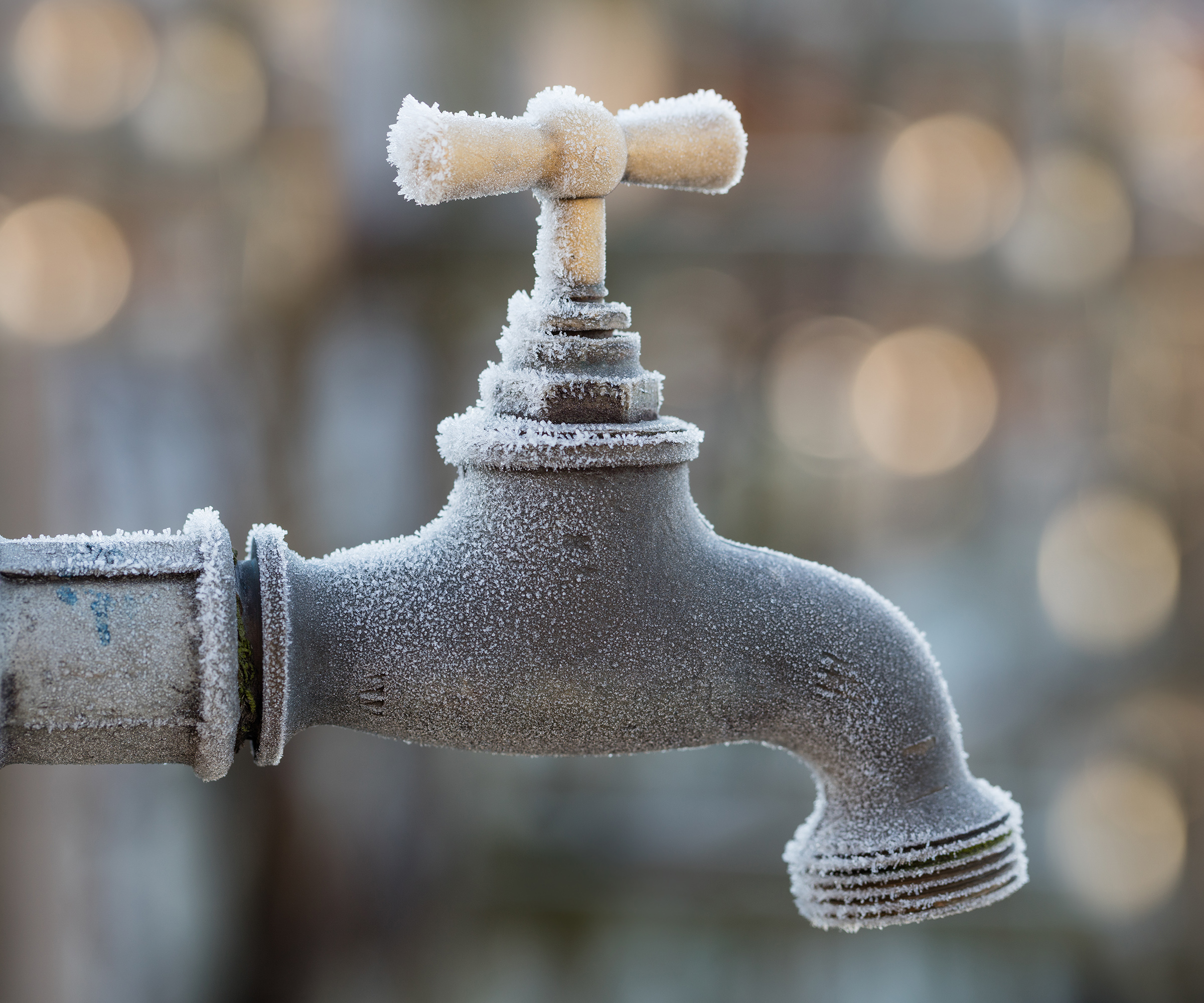
Unless you want to risk a burst pipe, the start of fall is a great time to consider protecting an outside faucet from freezing in winter.
This is usually a multi-step process. The most important step is to either shut off the water supply or drip faucets. Shutting off the faucet at the mains and running the tap to remove any water from the pipes will stop frozen expanding water from damaging the pipework. Dripping faucets, on the other hand, allows a very slow, steady flow of water through the pipes to prevent standing water from freezing and damaging the pipes.
You can also cover outdoor faucets to keep the metal warm and prevent any damage to the spigot itself.
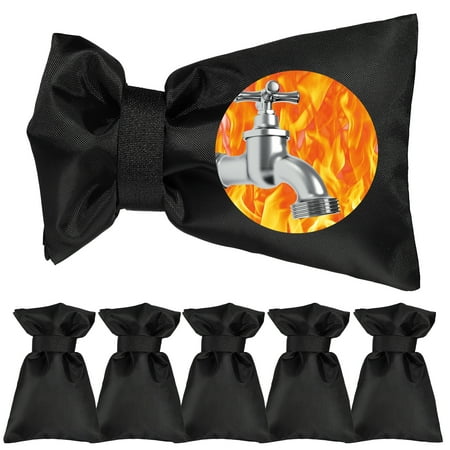
These adjustable faucet covers can fit most external spigots, helping to prevent metal fixtures from damage during freezing weather
Most home maintenance tasks only need to be carried out twice a year, usually in spring and fall, however, you can stay on top of home maintenance by completing smaller tasks such as checking smoke detectors and minor repairs more regularly throughout the year to reduce your to-do list in these pivotal seasons.
Sign up to the Homes & Gardens newsletter
Design expertise in your inbox – from inspiring decorating ideas and beautiful celebrity homes to practical gardening advice and shopping round-ups.

Chiana has been at Homes & Gardens for two years and is our resident 'queen' of non-toxic living. She spends most of her time producing content for the Solved section of the website, helping readers get the most out of their homes through clever decluttering, cleaning, and tidying tips. She was named one of Fixr's top home improvement journalists in 2024.
-
 How to help hoverflies in your yard – discover the crucial role they play and 5 plants these underrated pollinators love
How to help hoverflies in your yard – discover the crucial role they play and 5 plants these underrated pollinators loveHoverflies are also an effective form of natural pest control
By Ciéra Cree
-
 Gwyneth Paltrow uses LED lights to bring a gallery-like feeling to her kitchen cabinets – you can achieve the same, unique look for $24
Gwyneth Paltrow uses LED lights to bring a gallery-like feeling to her kitchen cabinets – you can achieve the same, unique look for $24Gwyneth's glass-front cabinets become more chic and accessible with their hidden lights, which create a subtle glow in the space
By Hannah Ziegler